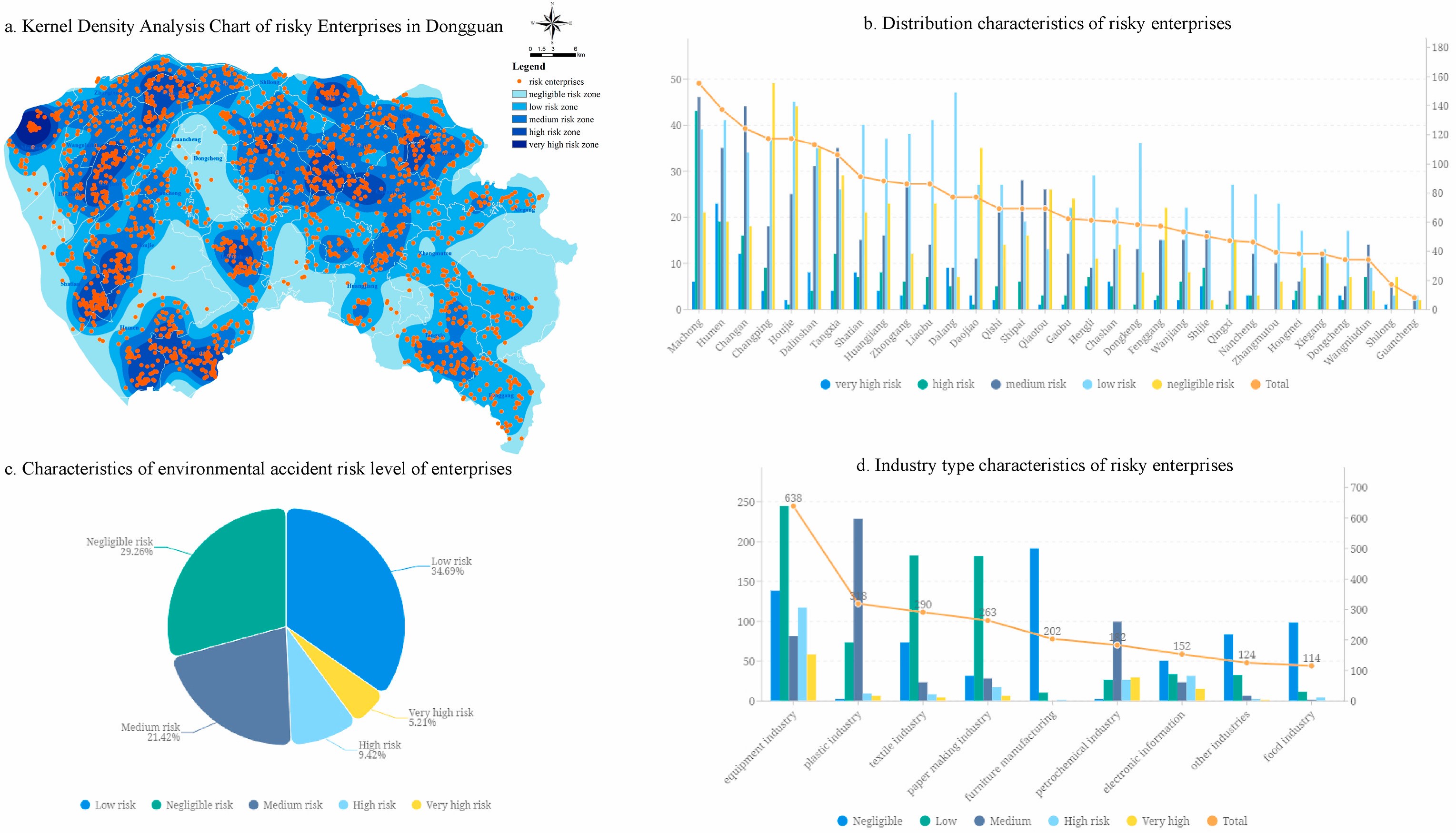

Regional environmental accident risk is regarded as the focus and the most difficult challenge of environmental management, posing a serious threat to people's lives and property. Much of the current literature relies on calculating and assessing the risks of environmental accidents. Little is known regarding about the driving forces of environmental accident risks, and how they affect the level and distribution characteristics of risks, especially the inherent linkages between regions and enterprise (individuals). The aim of this research is to innovate and develop the method for assessing the risk of the environmental accidents at multiple scales in order to accurately investigate the distribution characteristics and driving factors of environmental accident risks. In this study, the Multiscale Environmental Accident Risks Assessment model (MEARA) was proposed to comprehensively evaluate the characteristics and impacts of environmental risk at different scales. And we adopted GeoDetector model (GED) to explore the dominant driving factors and their interaction among multiple scales. The city of Dongguan, China, was chosen as the research area. We discovered that: 1) there were significant differences in risk levels across industries, with the environmental accident risk of enterprises in Dongguan being generally low, while some industries, such as the petrochemical, telecommunication, and equipment manufacturing industries, had higher risks. 2) Risks of environmental accidents exhibited significant agglomeration. Rivers and lakes, coastal areas, and transportation hubs were all hotspots for high-risk enterprises and regions. 3) The interaction between social and economic factors was the most significant in terms of spatial heterogeneity among influencing factors. By analyzing the results of the GeoDetector, we realized that the economy and population were the dominant factors influencing the environmental accident risk level. The interaction results show that the interaction between the factors is significantly improved. The interaction of population, and GDP, ecological sensitivity, the importance of ecological function, and the intensity of hospital radiation has increased the explanatory power of the environmental accident risk level. We discuss the need of emergency management for environmental accident risks. We provide an innovative “point-area” multi-scale environmental accident risk assessment method, as well as strategies for environmental accident risk management of enterprises and regions at various risk levels. It is beneficial for effective emergency management to protect residents' living environments.
